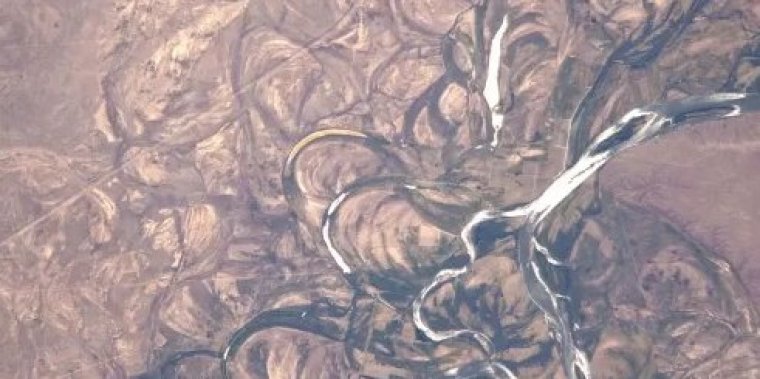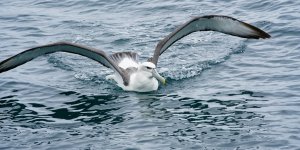| Science |
New way of predicting where and when rivers suddenly change course and flood
An avulsion is a river term referring to the rapid abandonment of a channel and the formation of a new one, often resulting in devastating flooding.

Traces left by river avulsions in Argentina's Rio Negro. Photo: NASA
Now, Indiana University researchers have developed a new understanding of the phenomenon, offering a way of predicting when and where rivers may suddenly change course.
"Avulsions have created the largest floods in human history and threaten millions of people today," says geoscientist Douglas Edmonds. "As climate change alters global water cycles and human expansion into flood-prone areas increases, understanding and predicting avulsions has never been more critical."
The researchers looked at data from 174 river avulsions around the globe, using satellite images to track river flows. The scientists found that avulsions happen most frequently near mountains and coasts.
Some 74% of avulsions happen at places where sediment quickly accumulates, such as near mountain fronts or along coastlines.
With those results, Edmonds and colleagues developed a model to map avulsion corridors, the routes rivers might follow if they quickly veered off-course.
The new model could help officials identify areas at high risk for sudden flooding. That's especially important, according to Edmonds, in regions with few flood management resources.
"This team's findings could help us better understand risks from avulsions during the kind of hurricane-related flooding the southeastern U.S. is experiencing [from Helene]," says Justin Lawrence, a program director in the NSF Division of Earth Sciences. "That could lead to improved public safety." (U.S. National Science Foundation)
YOU MAY ALSO LIKE





